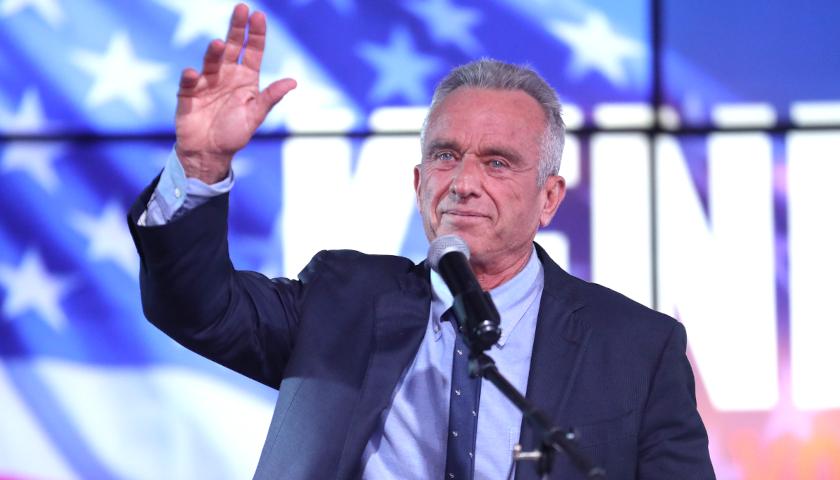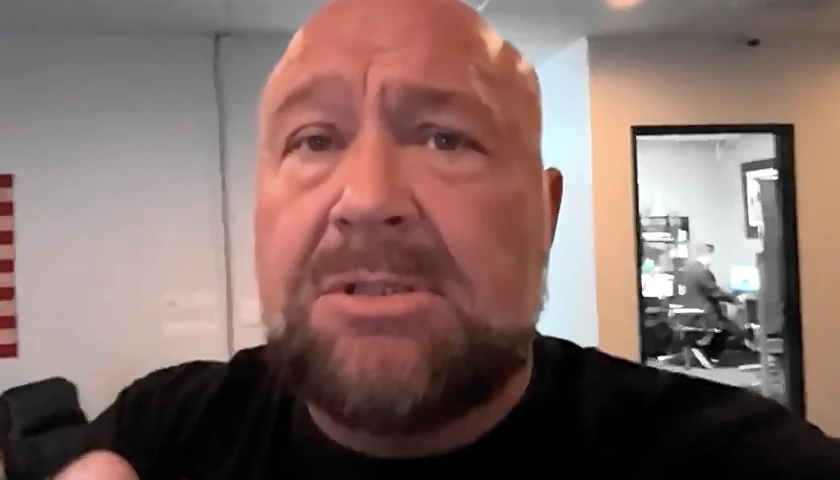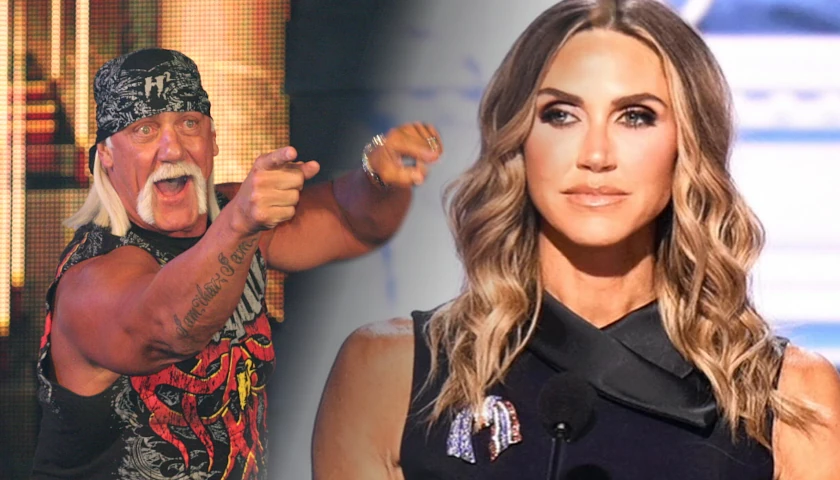by Peter Jacobsen
A few weeks ago, I argued the Biden Administration would use the new SAVE plan to enact student loan forgiveness with or without the approval of the Supreme Court. Since then, the administration has announced details which highlight the SAVE plan offers even more generous forgiveness terms.
This talk about student loans has brought about a question for Ask an Economist this week. Garrett from Ohio says,“One of the most prominent arguments against student loan forgiveness is that the borrowers are forcing the greater population to pay off their debts for them.
However, if this money was created/released into the economy to cover education costs, hasn’t the greater population already paid for it in the form of inflation? And if that is the case, wouldn’t loan forgiveness essentially amount to a net zero? Or does paying off the loans (by either the borrower or the taxpayer) somehow mitigate the effects of that inflation?”
So, is student loan forgiveness already paid for through inflation? If it is already paid for, it would seem like a no-brainer to support it.
But the answer is, no. Student loan forgiveness is not already paid for through inflation. Let’s talk about why.
Student Loans Aren’t Necessarily Inflationary
To understand why student loans aren’t paid for via inflation already, we have to understand how the student loan system works today.
Most student loans nowadays are federally created loans. In other words, the federal government gives a student money, and, in return, the student promises to pay them back. So where does the government get the money to do this? Governments can receive money through taxes, but the modern U.S. government spends more money than it receives in tax revenue each year. This spending above revenue is known as a deficit.
How can the government run a deficit? Well, if politicians want to spend more money than the government has, they can do so the same way you or I do—they can borrow the money.
Where does this money come from? Well, companies or individuals can choose to buy government bonds. This bond is an IOU. You give the government cash today, and they promise to give you your money back plus interest in the future.
So each year the U.S. government is a net borrower, and so ultimately it’s probably fair to think of student loan money as money that adds to the government debt.
If the government uses this money to give a student loan, it isn’t really inflationary. More money was not created. It was just transferred from one person to another. The person who bought the bond gave money to the government. The government gave money to the student. Money has changed hands, but there isn’t more of it.
But notice, this isn’t the end of the process. The government still needs to pay back the person who bought the bond. How do they do that? Well, if the student pays back their student loans, and the government holds them to paying back the right amount, then the government can use money from the student to pay back the bondholder. Again, there is no money-printing going on here.
So long as the government has the borrower pay back their loans, we shouldn’t expect any real inflation from the deal. But what if the borrower does not pay them back, or the government provides an unrealistically low payment or interest rate? In that case, the government is going to have to pay back the bondholder out of government money. And since the government runs deficits, the only way they can do this is by taking on more debt, increasing tax revenue, or printing more money.
So to answer Garrett, inflation has not already paid for forgiveness because, insofar as people pay back their loans, the government doesn’t create new money. But, insofar as the government provides forgiveness, taxpayers will have to foot the bill via either higher future taxes or inflation.
This is why it’s accurate to call the COVID-era freeze on interest loan forgiveness. Borrowers paid back less and, as a result, someone else will have to foot the bill. If more forgiveness is offered, less student loan payments will come in, meaning taxpayers will have to cover those payments to pay back bondholders.
There’s No Such Thing as a Free Education
One way to keep your head on straight about the effect of loan forgiveness, or any government policy, is to remember the economic maxim TANSTAAFL—There Ain’t No Such Thing As A Free Lunch.
The idea behind this phrase is that if you are eating a lunch, the resources used to make the lunch could have been used elsewhere. It can never be the case that a use of resources didn’t have some alternative. And economists call the best alternative use of resources the opportunity cost.
There are many resources that go into education: the labor of a teacher, the materials, the building, and the administrative overhead are just a few. The owners of those resources demand to be paid. If students take out a loan to pay, and the loan has repayment terms that make sense, ultimately the student foots the bill for their education.
But if the student suddenly stops paying, those resource owners still demand payment. Someone else ends up footing the bill.
In the private sphere, a lending institution which either fails to set repayment terms properly or fails to screen out borrowers who won’t pay their loans back will have to eat the expense of the loan. And a lending institution that gives out enough bad loans will ultimately become unprofitable and fail.
Unfortunately, when the government engages in this practice, it can use taxpayer money fleeced via direct taxation or inflationary money-printing to pass the bill to someone else. So long as students are expected to cover their loans, this is minimized. As forgiveness picks up, the resources will be paid for via the taxpayer. There ain’t no such thing as a free education.
– – –
Peter Jacobsen teaches economics and holds the position of Gwartney Professor of Economics. He received his graduate education at George Mason University.





